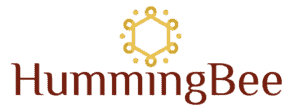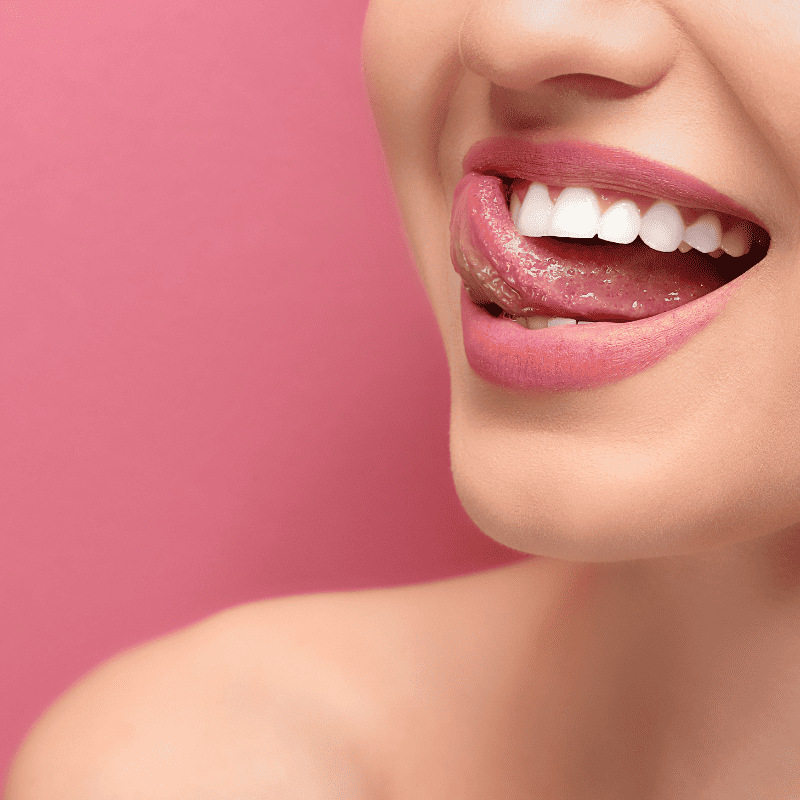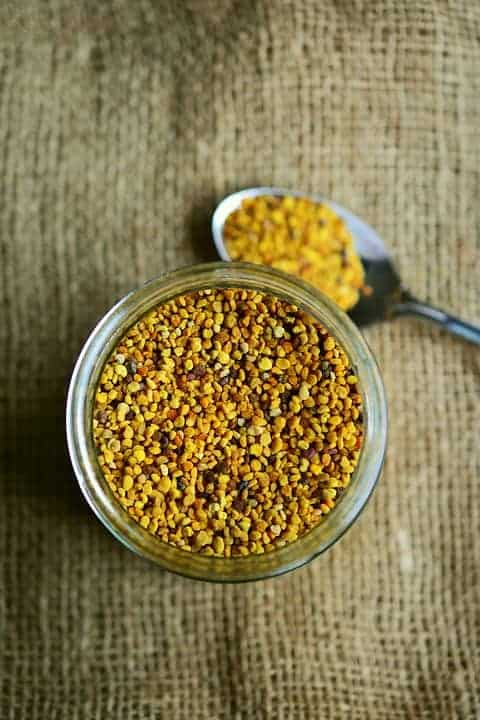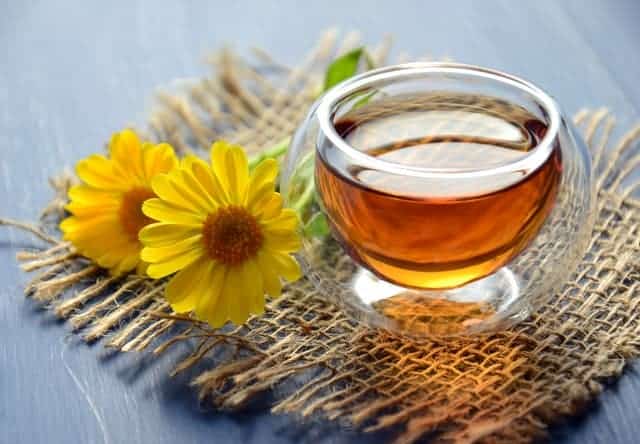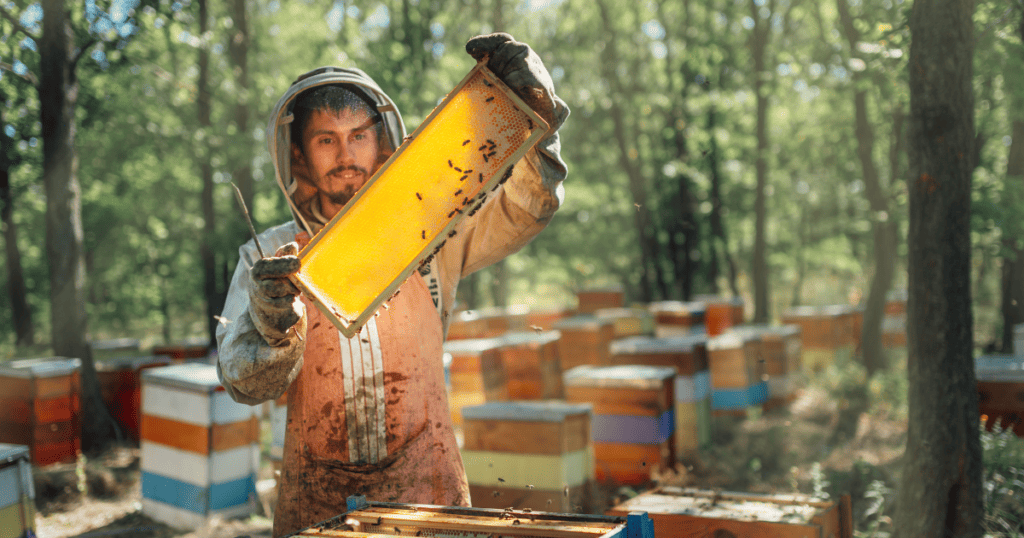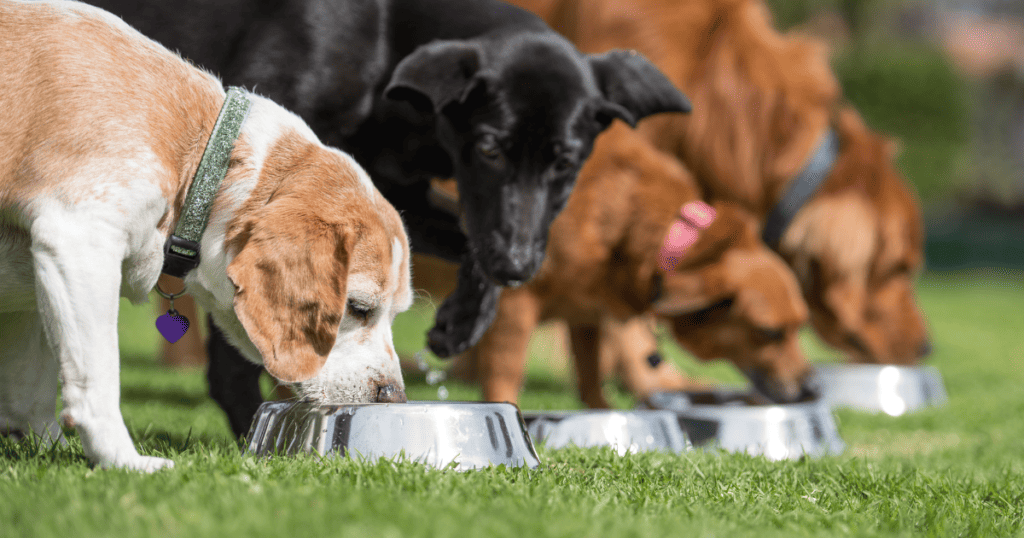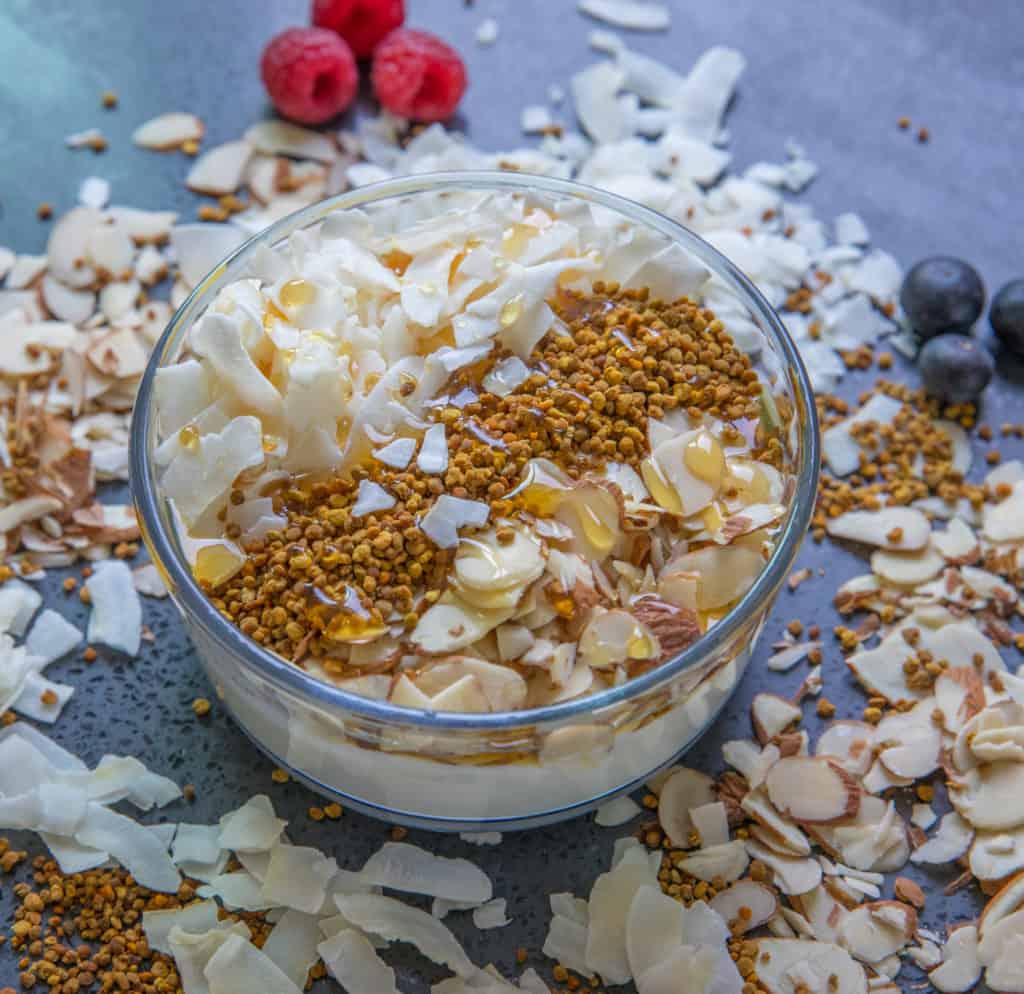We continue with the series of articles about bee products from glandular secretions; last time, we talked about Royal Jelly; now is the time for beeswax.
So, unlike honey, pollen, and propolis, which come from the collection of nectar, floral pollen, and resins, beeswax is a secretion of bees at the wax glands on the lower part of their abdomen.

Where does it come from? For the bees to produce wax, they must consume large amounts of honey; for one kilogram of wax produced, they consume 3 to 5 kilograms of honey.
Second, they cluster together to build a new comb and start vibrating their wings to raise the temperature so the wax glands are activated and begin secreting beeswax.
VISIT OUR AMAZON STORE FOR ALL OF OUR BEE PRODUCTS
Why do bees produce it?
Bees produce wax to build a comb. A comb is a structure where bees store bee pollen and honey, and the queen lays eggs to raise more bees. The image below shows the hexagonal pattern characteristic of a beehive.
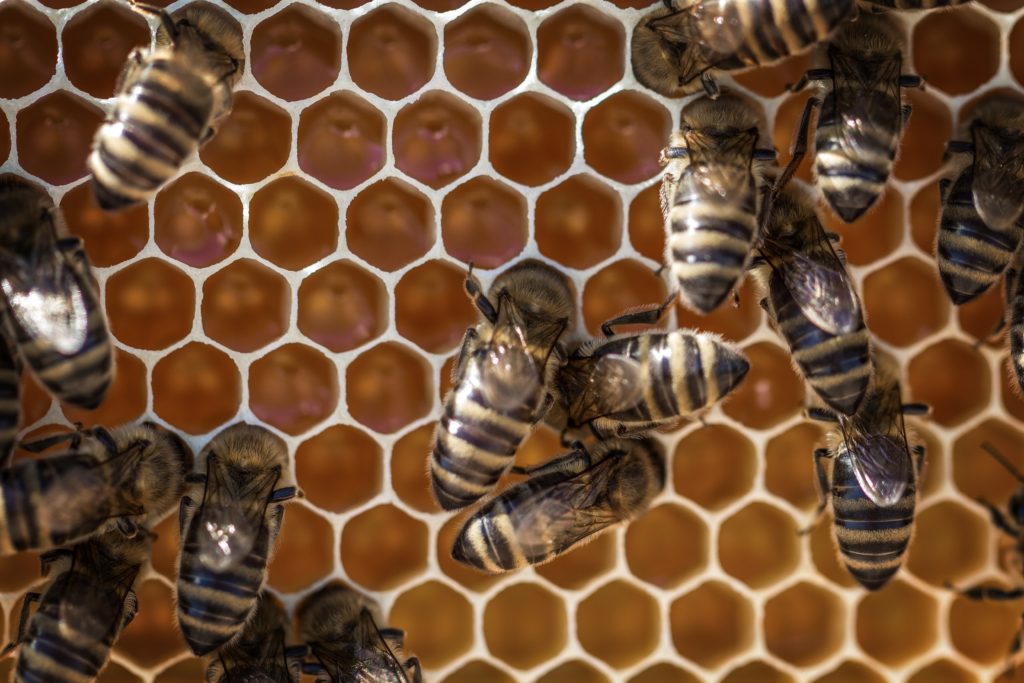
Beeswax composition
The general question is, what is Beeswax made of? It is a complicated material containing over 300 different substances and consists mainly of esters of higher fatty acids and alcohols (see table below).
Beeswax contains small quantities of hydrocarbons, acids, and other substances besides esters. Also, different studies have identified approximately fifty aroma components.
The wax produced by various species of Apis mellifera contains the same elements but in different proportions (Stefan Bogdanov, 2004).
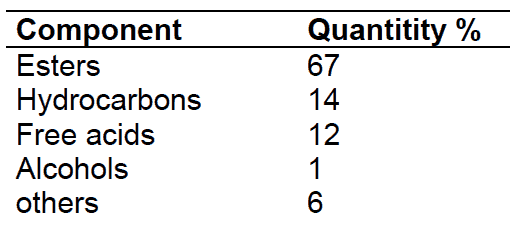
Beeswax chemical formula
As mentioned above, this material is composed of many different substances; however, an approximate formula of one of its primary esters is as follows and is also represented in the image below:
C15H31COOC30H61

Beeswax uses
It has been used for millennia and in many cultures to make candles and as a coating agent for furniture to protect them from the elements.
Those uses are still valid today, and some new ones have been invented, like impregnating different types of cloths to make wax wraps that are useful to cover and protect different kinds of foods.
Mix it with other ingredients to make balms, soaps, and moisturizing creams. This substance does not provide any nutritional value to humans, so we do not consume it as a food; it is pretty much undigestible but harmless if we swallow some when chewing honeycomb.
It is excellent when used with other natural ingredients to make Lip Balms to protect and treat chapped lips.
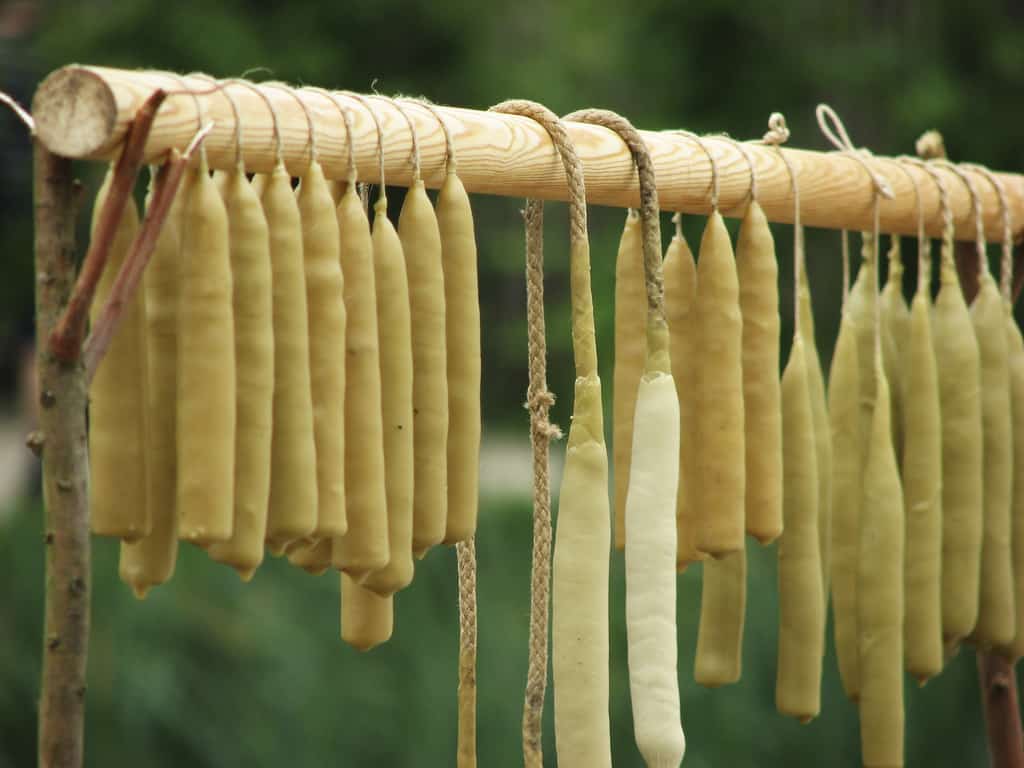
How is it processed?
You can render it from the old comb that beekeepers want to renew and from cappings which is the wax removed from honeycombs to extract honey.
The latter is cleaner and more comfortable to render, and the former needs thorough filtering and cleaning. You can make either process using a double boiler to heat the wax above 149 degrees Fahrenheit or 65 Celsius.
Once melted, the beeswax can be further filtered and cleaned to become a pristine yellow ready to be used on any of the abovementioned applications.
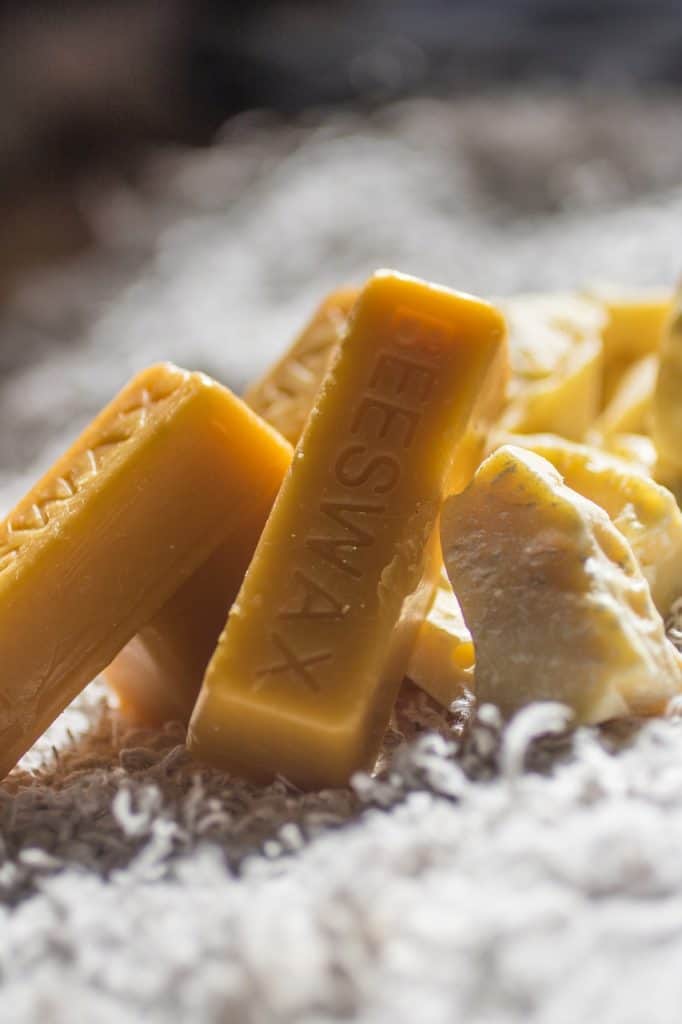
Did you know that you can eat honeycomb? Learn more
Can Bee Pollen go bad? Learn this post next.
Finally, we have recently been featured in GoSolo magazine; find the whole article here.
Chapped lips? Causes and treatments for dry, cracked lips.
What are sore chapped lips a symptom of? Severely chapped lips may have different causes….
What are Bee Pollen Granules and how to consume it. Part 1.
If you look around the internet, you’ll find a significant amount of information about bee…
HONEY, ALL ABOUT IT
A Bit of History Honey and other bee products such as beeswax, royal jelly, and…
Honeycomb, Can you Eat It?
Yeah! Raw honeycomb can be eaten. This post covers everything about how the honeycomb is…
Bee Pollen for Dogs, does it have health benefits?
Bee pollen is an excellent source of nutrients for humans and for pets like dogs,…
Bee Pollen health benefits. Part 2.
So here we continue where we left off in Part 1 of Bee Pollen Health…
